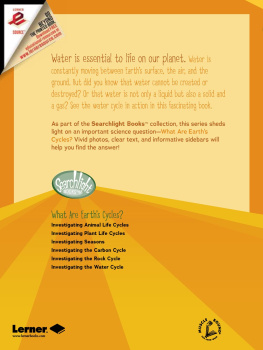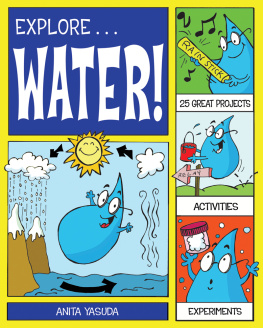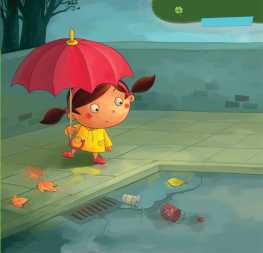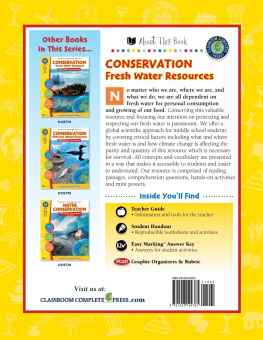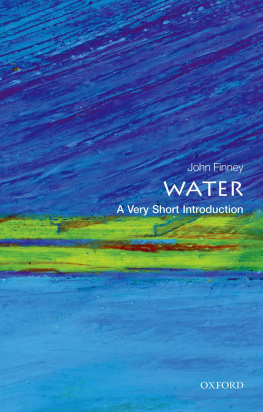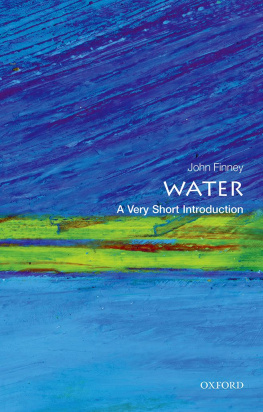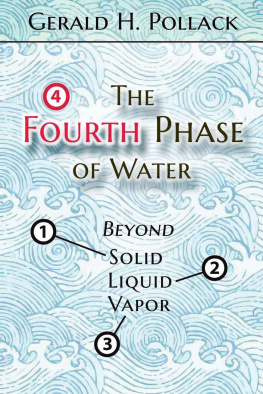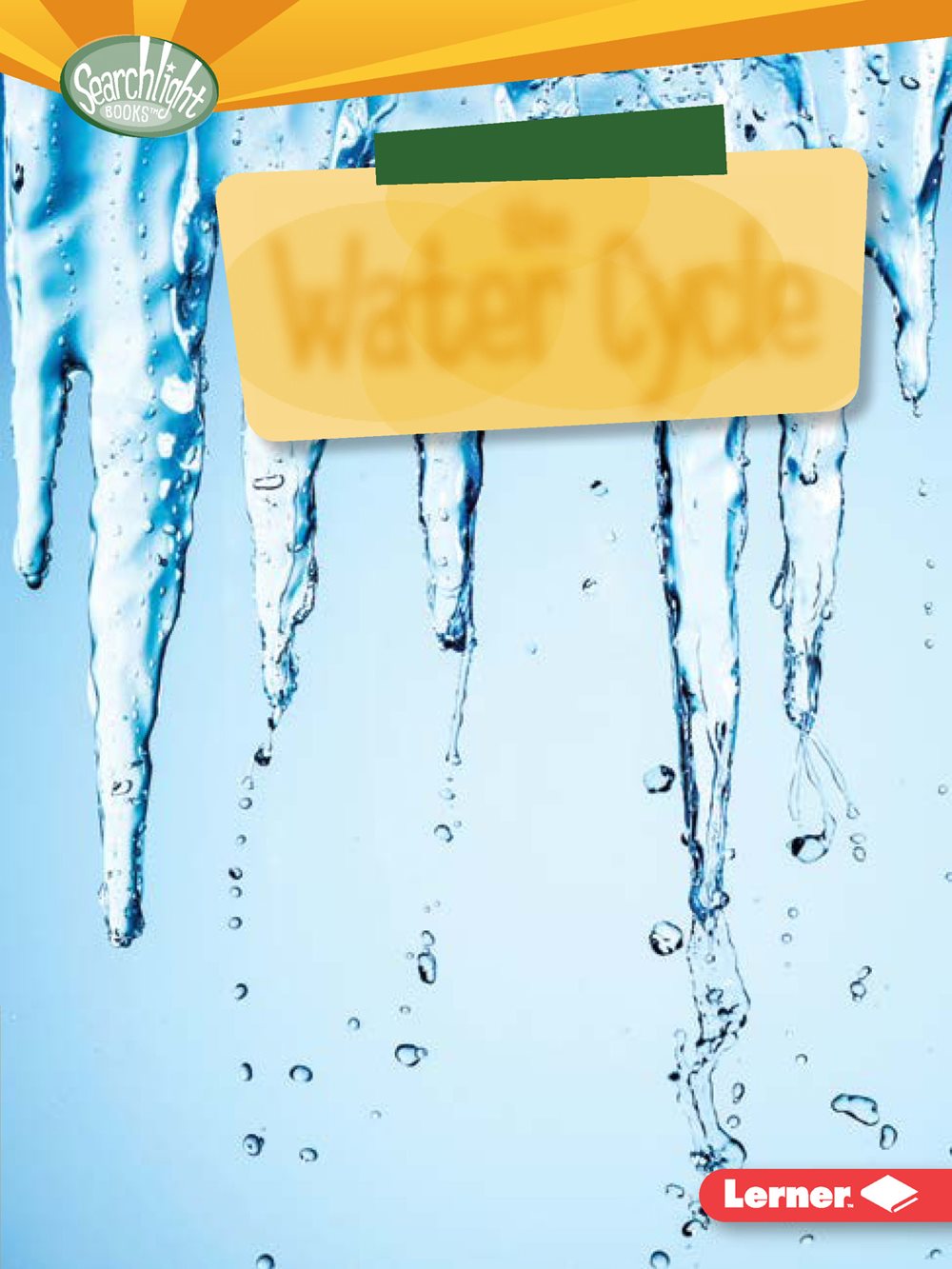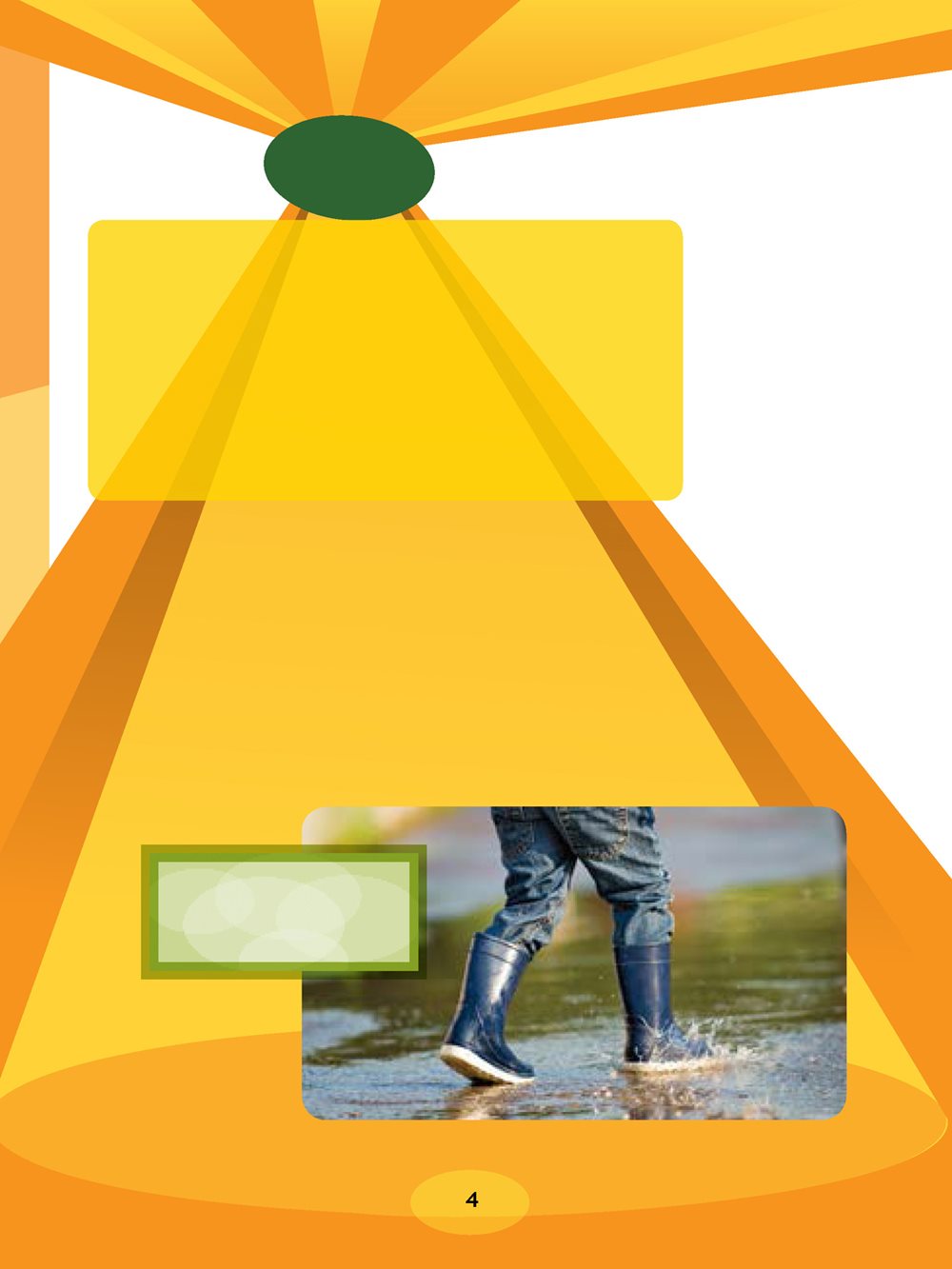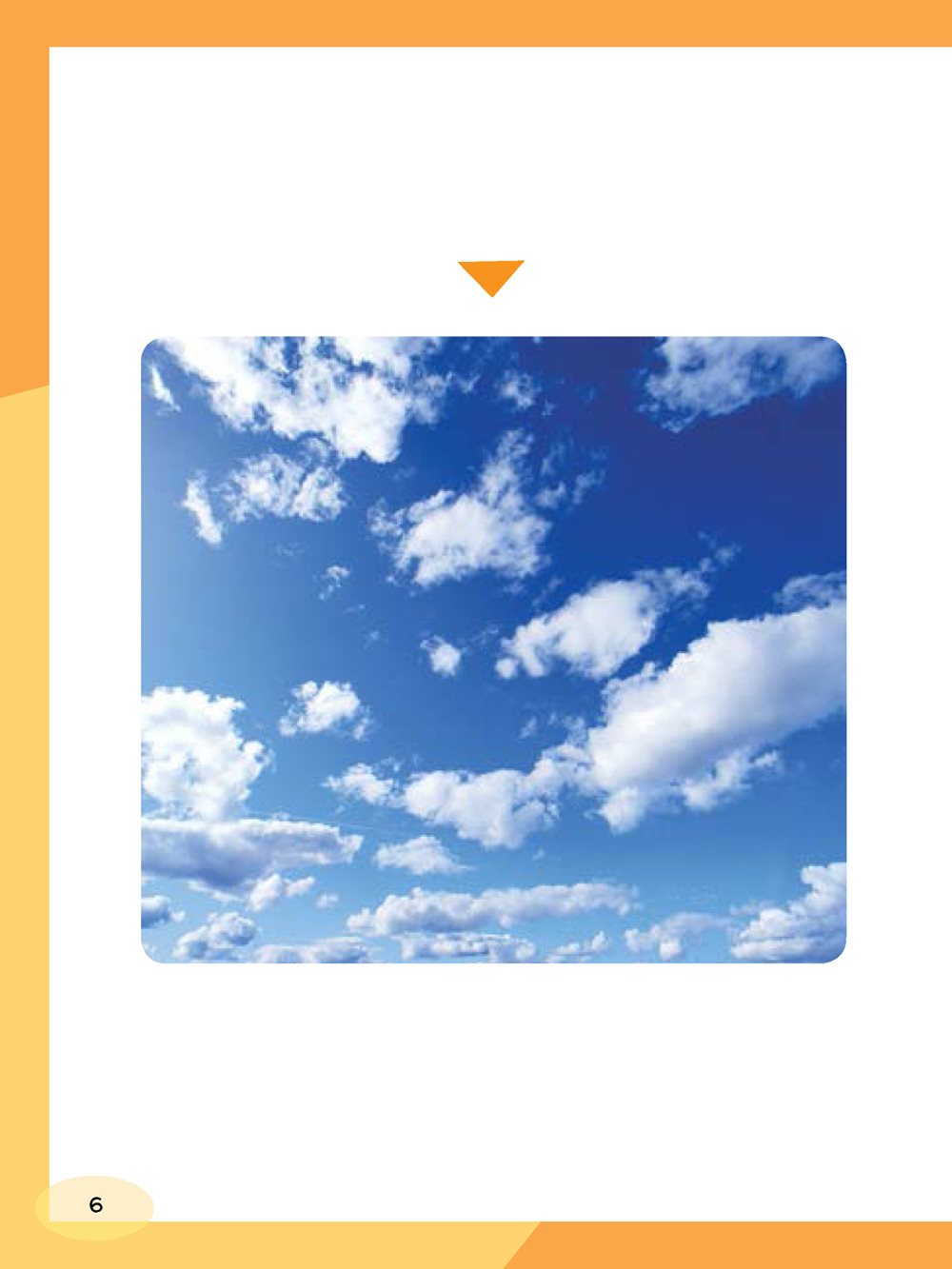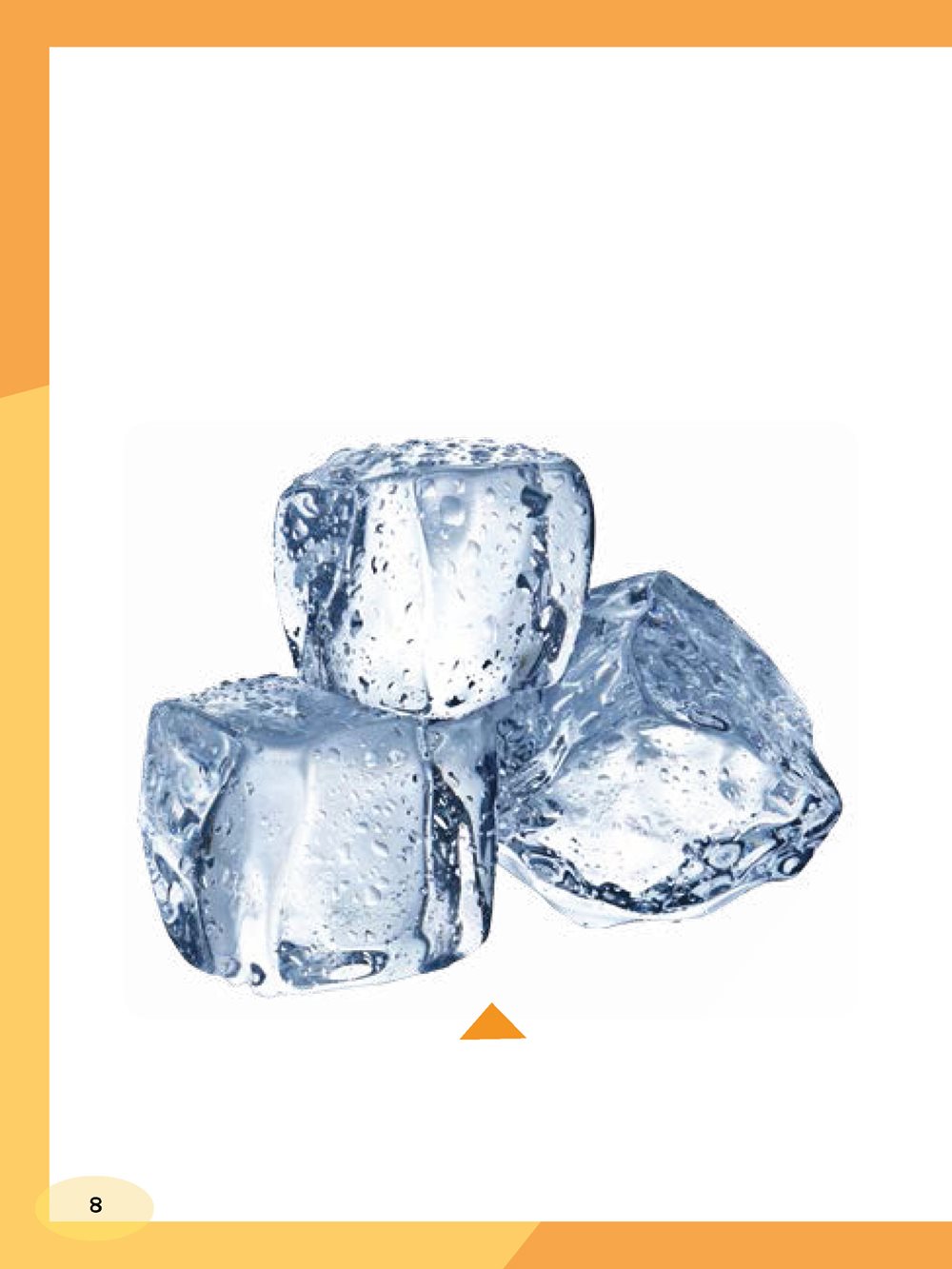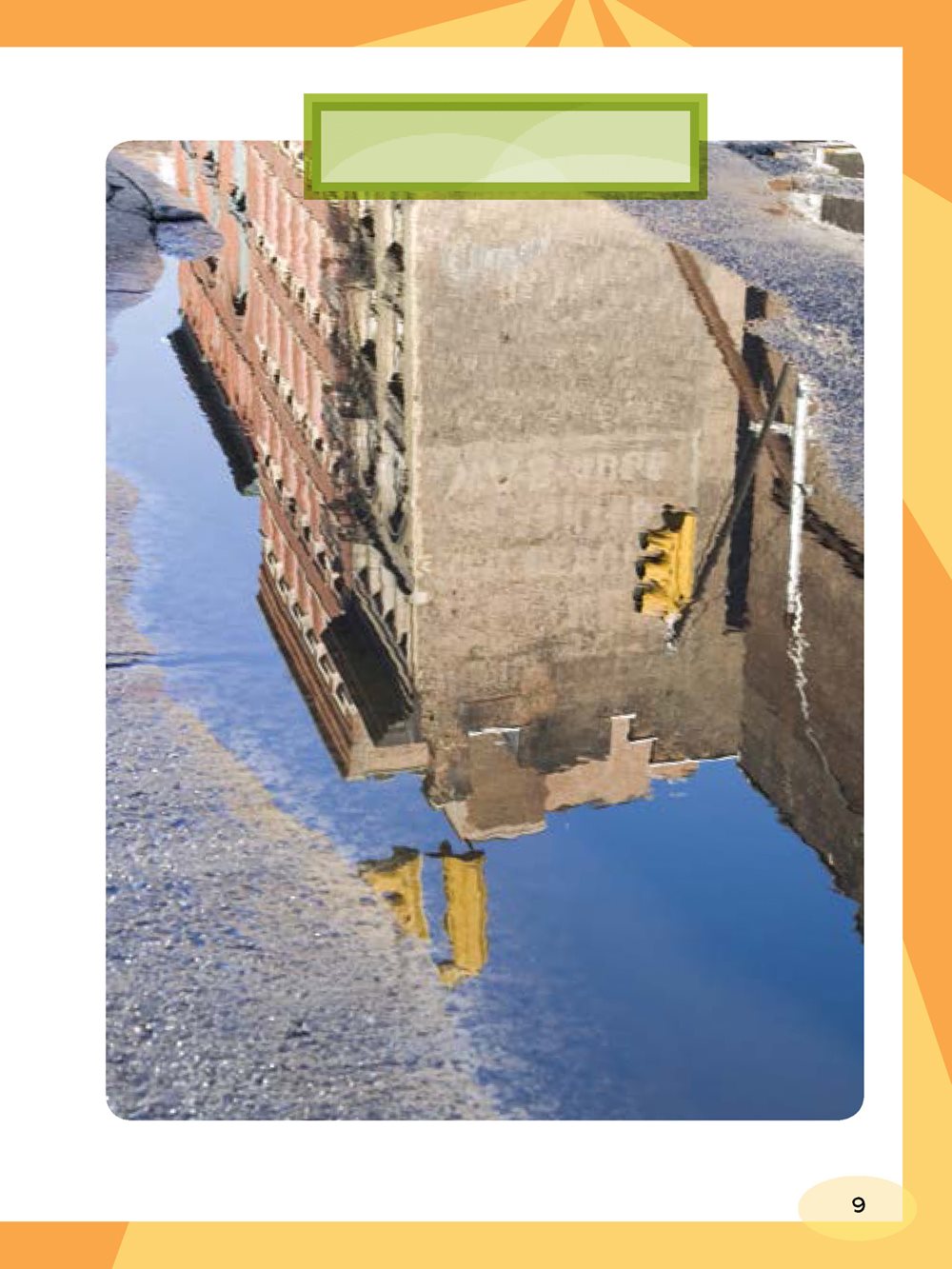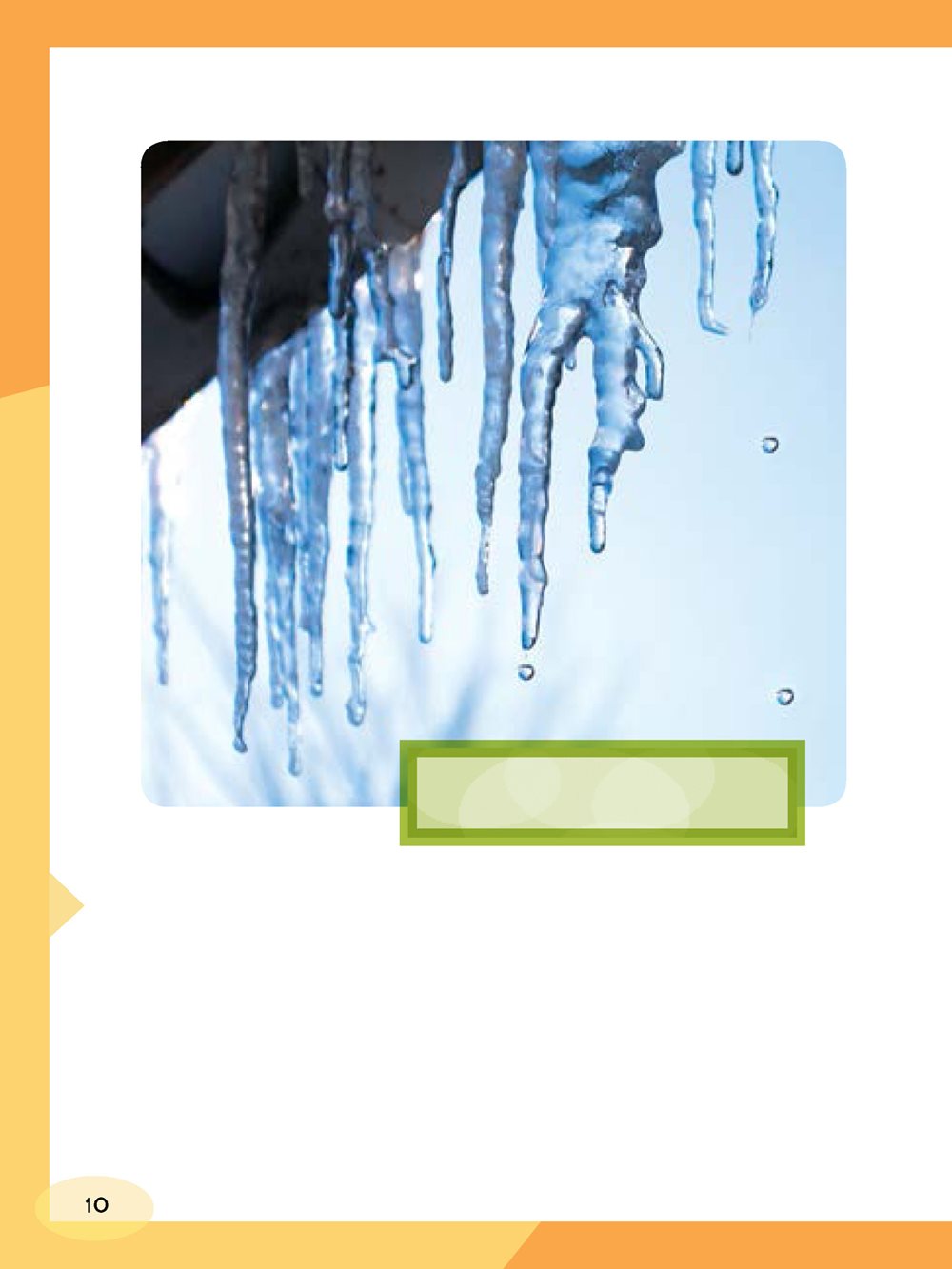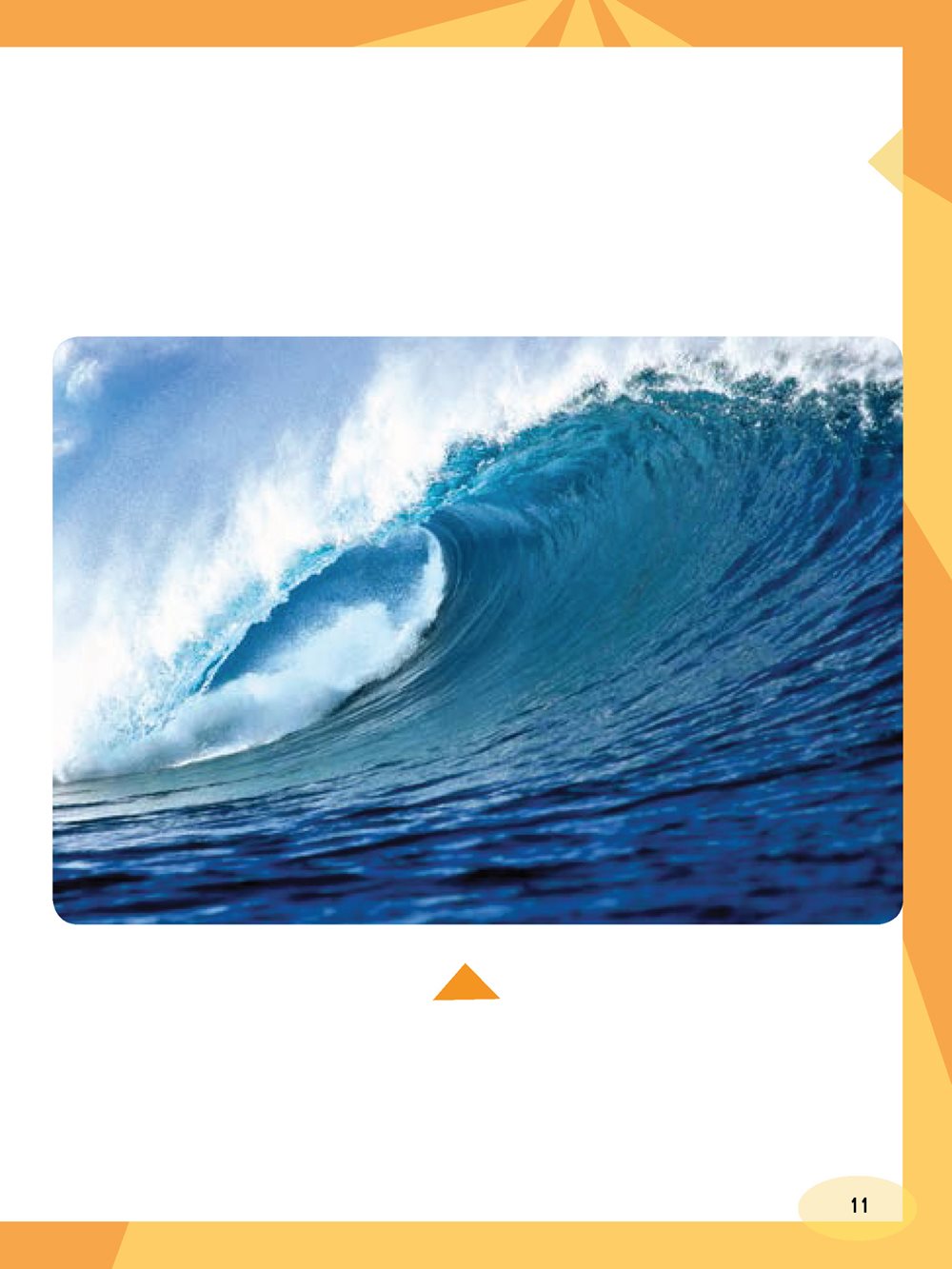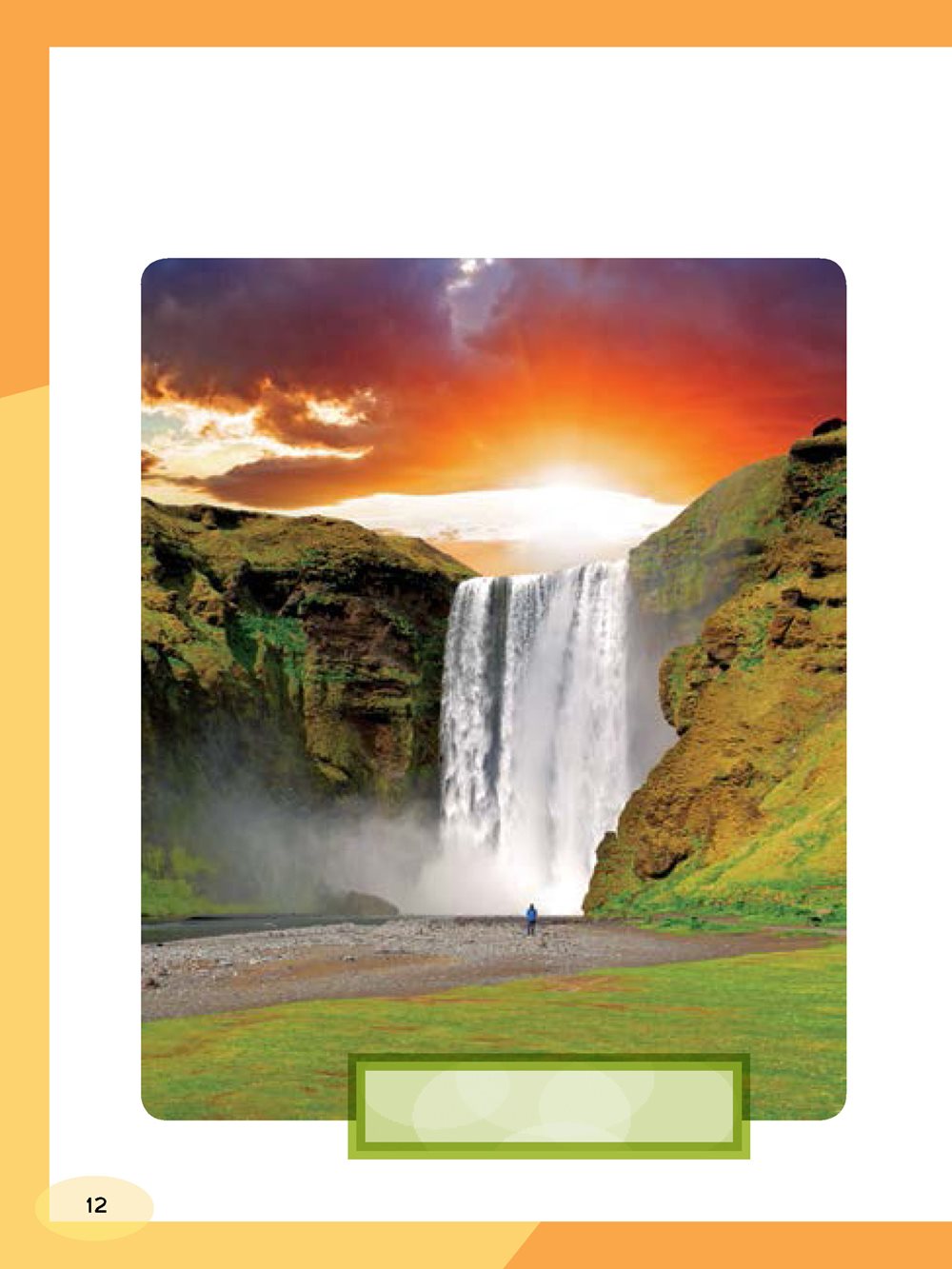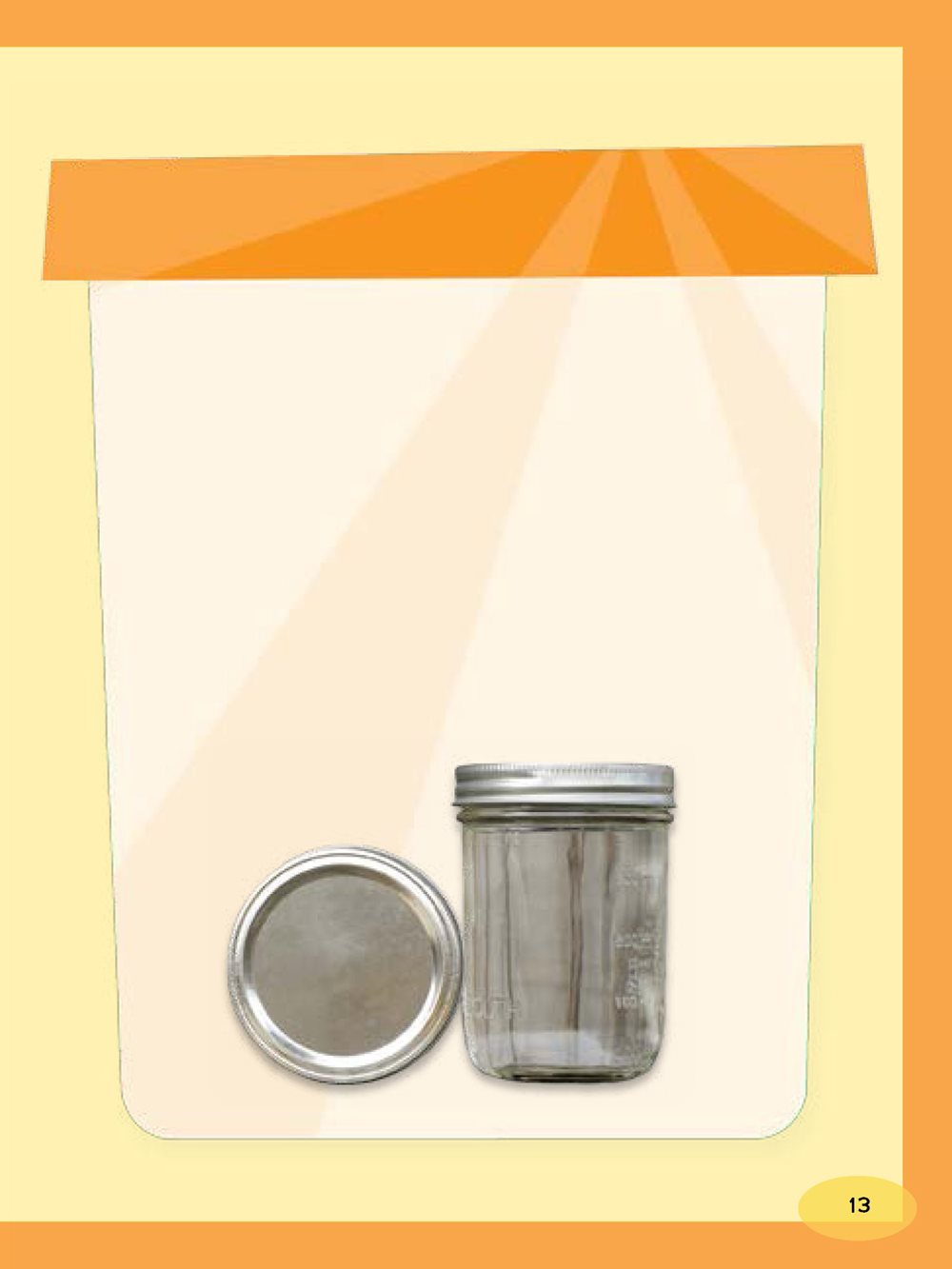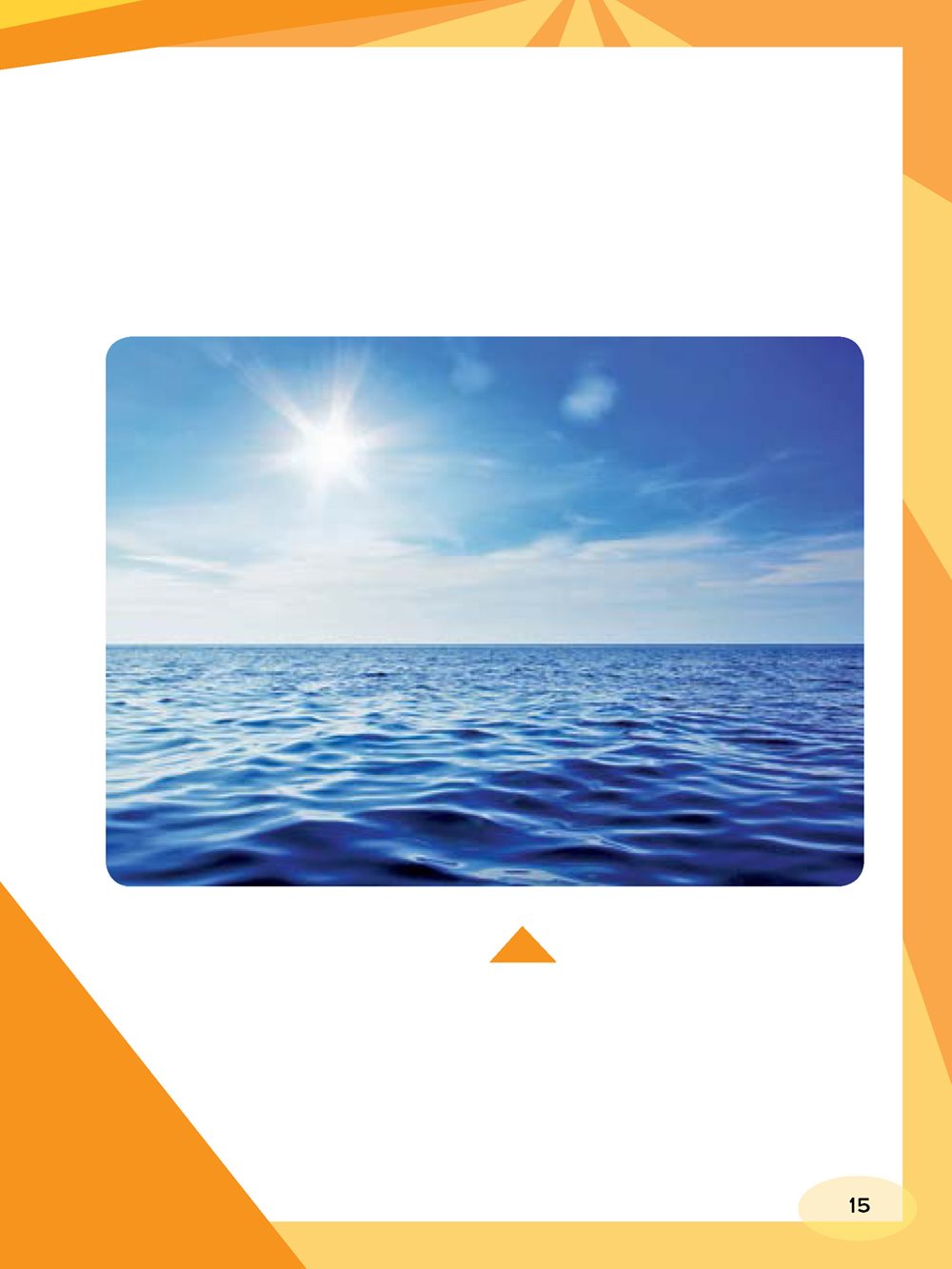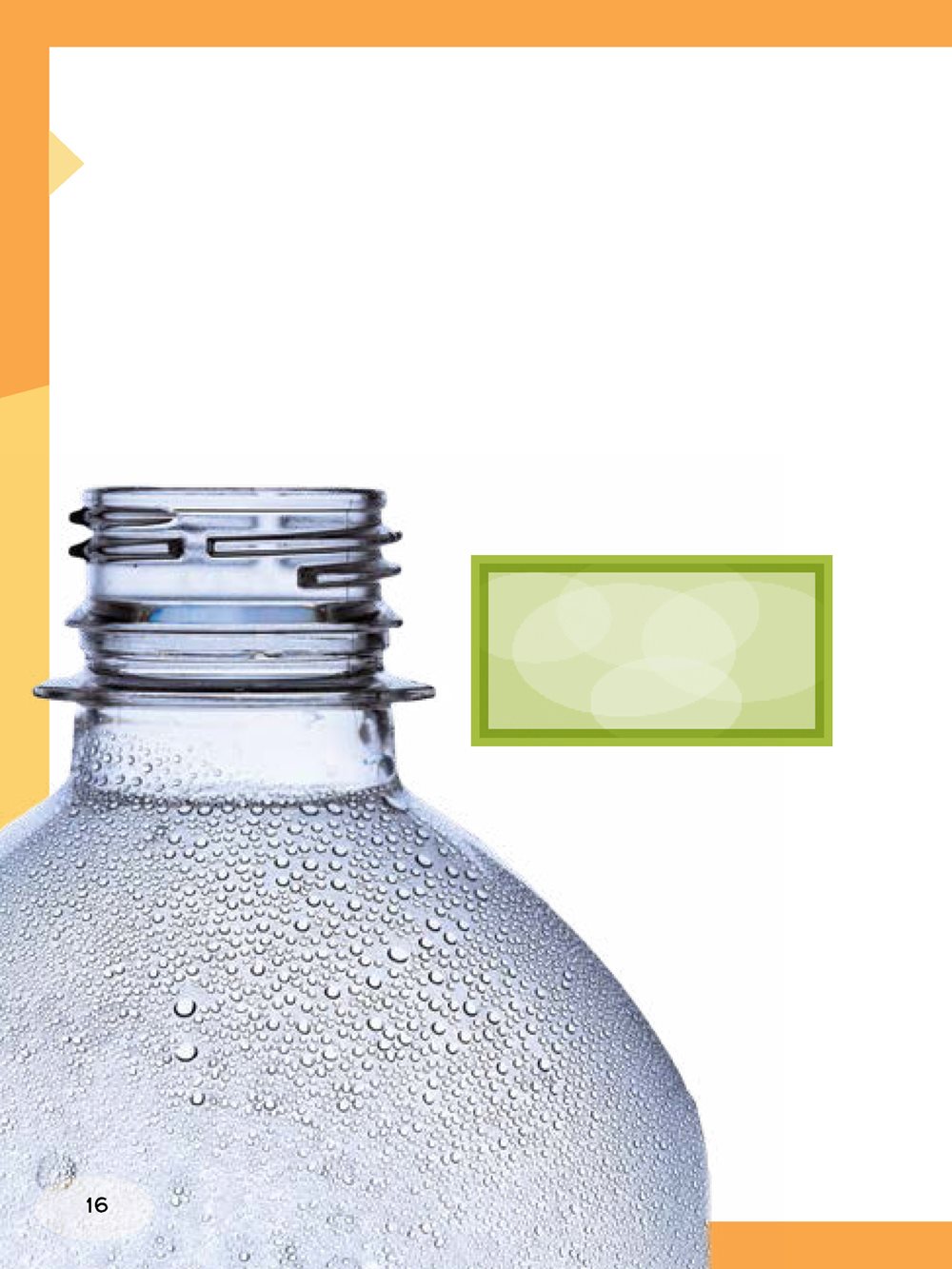Investigating
the
Water Cycle
Candice Ransom
Copyright 2016 by Lerner Publishing Group, Inc.
Content Consultant: Doug Hallum, Survey Hydrogeologist, University of
NebraskaLincoln
All rights reserved. International copyright secured. No part of this book may be
reproduced, stored in a retrieval system, or transmitted in any form or by any means
electronic, mechanical, photocopying, recording, or otherwisewithout the prior written
permission of Lerner Publishing Group, Inc., except for the inclusion of brief quotations in
an acknowledged review.
Lerner Publications Company
A division of Lerner Publishing Group, Inc.
241 First Avenue North
Minneapolis, MN 55401 USA
For reading levels and more information, look up this title at
www.lernerbooks.com.
Library of Congress Cataloging-in-Publication Data
Ransom, Candice F., 1952
Investigating the water cycle / by Candice Ransom.
pages cm. (Searchlight books. what are earths cycles?)
Includes index.
ISBN 978-1-4677-8055-1 (lb : alk. paper)
ISBN 978-1-4677-8341-5 (pb : alk. paper) ISBN 978-1-4677-8342-2 (eb pdf)
1. Hydrologic cycleJuvenile literature. I. Title.
GB848.R36 2016
551.48dc23 2015001949
Manufactured in the United States of America
1 VP 7/15/15
Contents
WATER, WATER
EVERYWHERE
Chapter
WATER, WATER
EVERYWHERE
Water is all around us. It fills
the oceans. It makes rivers and
streams flow. It forms puddles you
can splash in. Some people call Earth
the water planet because water covers
most of its surface.
People need water
to survive. What
else needs water?
Every living thing on Earth needs water. Trees, flowers,
and other plants must have water to grow. All animals
need water to survive. In fact, the human body is
percent water!
Elephants drink up to gallons
(189 liters) of water every day.
Thats about the amount of
water you use to take a bath.
CLOUDS MAY LOOK FLUFFY,
BUT THEY ARE MADE OF WATER.
Water is not only on Earths surface. It is also high in
the air and the clouds. The ground far beneath your feet
contains water too.
Three States of Water
Most people think of water as a liquid. But water exists
in three states. It can be a solid, a liquid, or a gas.
If you have ever played in
the snow, then you have
played with solid water.
Temperature affects how water changes states.
Have you ever put ice in your drink? That ice is water
in its solid state.
Have you ever watched a puddle dry up on a hot day?
The water is turning to its gas state, known as vapor.
water Water vapor is invisible.
WATER FREEZES INTO A
SOLID AT 32F (0C).
Soon the water in this puddle
will be a gas in the air.
Molecules Matter
Water is made of tiny particles called molecules.
When water changes its state, the molecules change
too. In waters solid state, the molecules stick together.
In waters liquid state, they slide around one another.
Molecules in vapor water move quickly and stay apart.
This water is changing from a
solid state to a liquid state.
Waters Continuous Journey
Water is not created or destroyed. Water constantly
moves from the land and oceans, into the air, and back
down again. We call this journey the water cycle.
MORE THAN PERCENT OF
EARTHS WATER IS IN THE OCEANS.
The water cycle needs two things to keep it moving. It
needs Earths gravity. It also needs energy from the sun.
The sun shines on a beautiful
waterfall in Iceland.
See the Cycle
Water changes to vapor when heated to 212F
(100C). At that temperature, water boils. But
water can rise into the air without being boiled.
Warmer temperatures cause it to become a
vapor more quickly. You can test the effect of
different temperatures on water.
Pour teaspoons (10 milliliters) of water into
the lid of a jar. Repeat with a second lid. Put one
lid in warm sunlight. Place the second in a cooler,
shady spot. Check the lids the next day. Is there
less water in one lid than the other? What does
this tell you about temperatures effect on water?
Chapter
WATER ON
THE MOVE
Earths gravity and energy from
the sun drive the water cycle.
Most of Earths water is stored in
the oceans. The sun
warms the surface of the oceans.
Gravity is an important
part of the water
cycle because it pulls
raindrops down to
Earth. What else
drives the water cycle?
This heat makes the water molecules on the oceans
surface move faster. Some molecules break away
and rise into the air as water vapor. This process is
called evaporation.
AFTER A WATER MOLECULE EVAPORATES,
IT SPENDS ABOUT TEN DAYS IN THE AIR.
What Is Condensation?
Winds push the water vapor upward. The wind also

